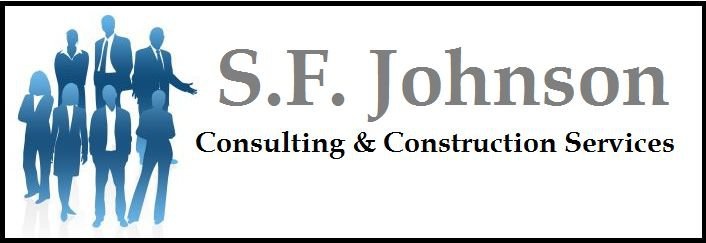💼 Module 6: Estimating Overhead, Profit & Contingencies
📋 Overhead and Indirect Costs
Overhead costs are necessary for operating your business, even though they don’t tie to a single task. They must be proportionally allocated to each project estimate.
- Office staff salaries and administrative expenses
- Business insurance, licenses, and legal fees
- Estimating time, software, and subscriptions
- Communication tools and marketing
📌 Strategy: Use a percentage-based markup (e.g., 10–15%) or a flat monthly allocation split across active bids.
🧯 Worker Protection & Environmental Remediation
Certain jobs require specialized safety precautions, gear, or cleanup plans. These can add substantial cost and should be calculated carefully.
- Fall protection, scaffolding, fencing, or spotters
- Lead and asbestos abatement requirements
- Dust suppression or containment systems
- Air monitoring or soil disposal plans
⚠️ Reminder: Review the project specs and consult the environmental survey before bidding.
🏗 Temporary Site Facilities & Security
Most demolition sites require temporary infrastructure for workers, equipment, and protection. Failing to price these can cut into your profit.
- Portable restrooms, handwash stations
- Jobsite trailers, dumpsters, and tool storage
- Perimeter fencing and site lighting
- Security personnel or motion-detection systems
🔒 Tip: Use lump sum allowances or per-week rates in your estimate.
📈 Adding Profit Margins & Risk Contingencies
Your business must make a profit. Add a markup that reflects your risk, market, and scope complexity. Contingencies cover unknowns without hurting your margin.
- Typical profit ranges from 10%–25%
- Contingency amounts: 5%–15% for unknown conditions or scope creep
- Separate contingency from profit—don’t blend the two
- For high-risk jobs, create a separate risk budget line item
💡 Smart Move: Explain contingency use in your proposal—owners appreciate transparency.
🕳️ Unforeseen Conditions & Allowances
Every project has unknowns—buried utilities, inaccessible cavities, or concealed hazards. Including allowances helps you prepare without overpricing.
- Create scope-specific allowances (e.g., 10 hours for unexpected saw-cutting)
- Mark them clearly as “Owner Use Only” or “If Required” to avoid conflict
- Use historical averages to create allowances based on building type
- Track actual usage to refine your future estimates
🧾 Best Practice: Use allowances to reduce bid revisions and show you’ve thought ahead.
